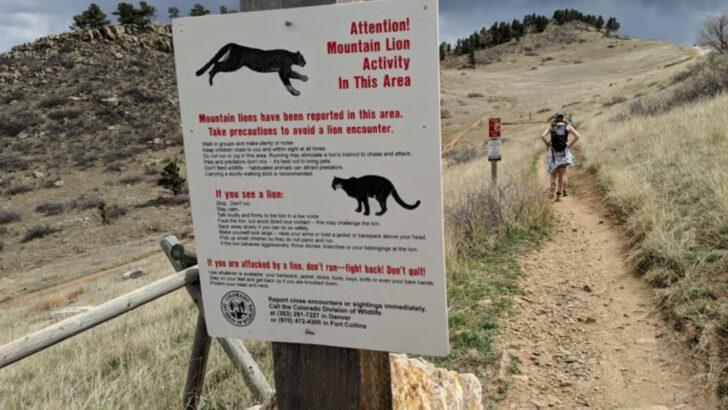You’re walking through the woods, minding your business, when—bam—a wild animal appears. It’s not a scene from a movie; it’s real life. And trust us, it can get dangerous fast.
But don’t panic! There are key steps you can take to stay safe and protect yourself, even in the face of the wildest encounters. This isn’t just about running away or hoping the animal is in a good mood. It’s about knowing exactly what to do when nature surprises you.
These 13 life-saving tips are not only smart—they’re essential for anyone who spends time in the great outdoors. Because let’s face it: wild animals don’t follow a script.
Be prepared. Be safe. Learn how to handle these high-stakes moments like a true wilderness pro. Your adventure should be exciting, not deadly!
Stay Calm

When you encounter a wild animal, staying calm is crucial. Panic can provoke the animal and escalate the situation. Take deep breaths and try to relax your body. Animals often mirror the energy you project, so remaining composed can prevent the animal from feeling threatened. Keeping a slow and steady demeanor allows you to think clearly and assess the situation. This proactive measure can significantly reduce the risk of an adverse encounter and ensure a safe experience for both you and the animal. It also helps you to react appropriately if the situation changes.
Do Not Run
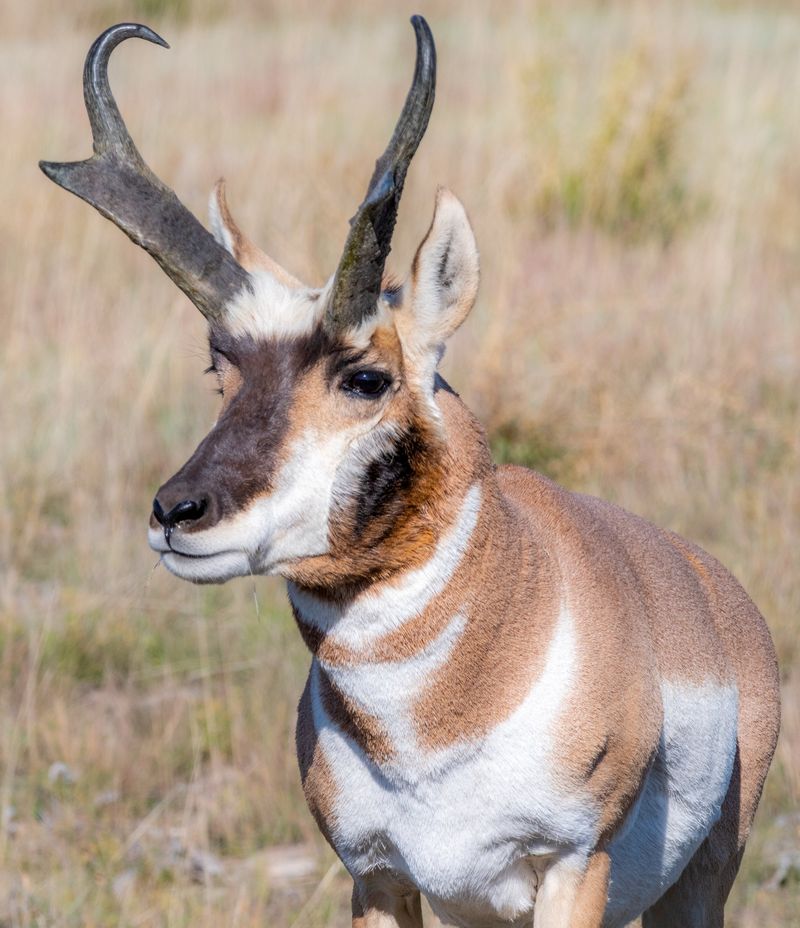
Running from a wild animal can trigger its chase instinct. This is true for many predators, such as bears or large cats. Instead of bolting, stand your ground or slowly back away. Running can make you appear as prey, increasing the chances of an attack. By remaining still, you are less likely to provoke an aggressive response. Slowly retreating while facing the animal allows you to keep it in sight and observe its behavior. This strategy can help you remain safe and avoid inadvertently escalating the situation.
Make Yourself Big
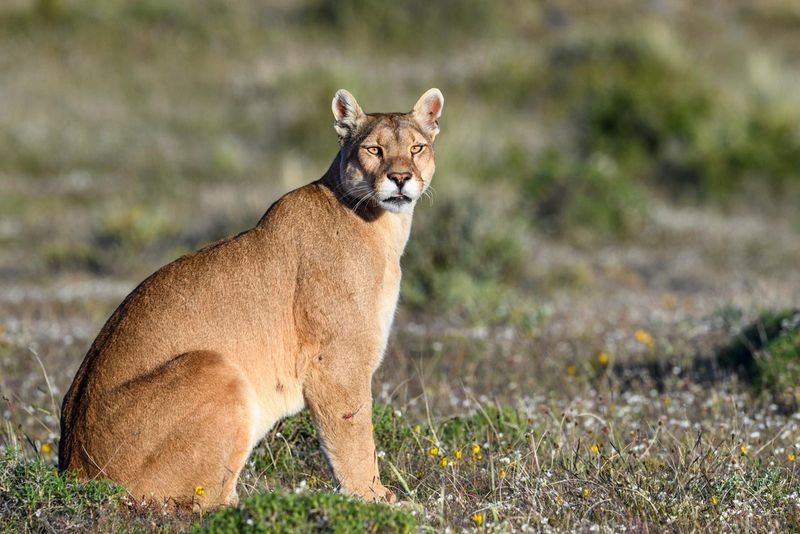
If you find yourself in a confrontation, making yourself appear larger can deter certain animals. Lift your arms or open your jacket to seem more intimidating. This tactic is particularly effective with animals like mountain lions or wolves. By creating a larger presence, the animal may perceive you as a threat rather than prey. Making noise, such as shouting, can also reinforce the message. These actions can convince the animal to retreat, ensuring your safety. Remember, the goal is to appear formidable without escalating the situation into aggression.
Avoid Eye Contact
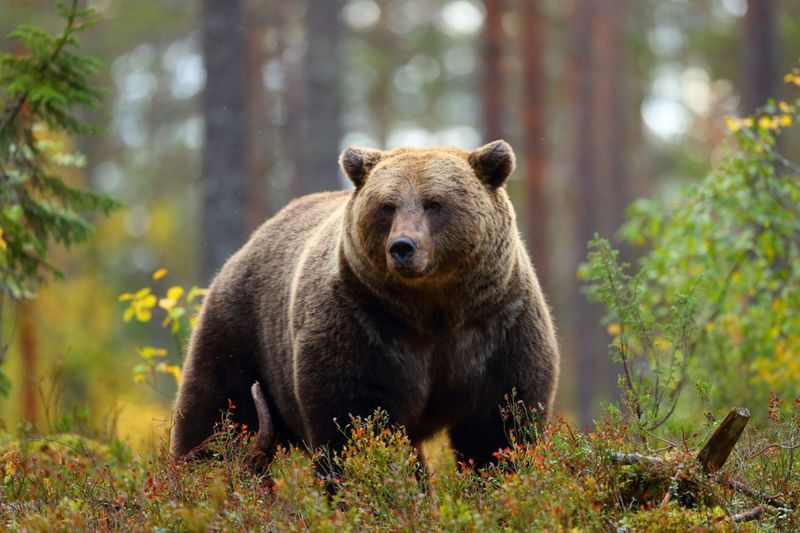
Direct eye contact can be perceived as a challenge in the animal kingdom. By avoiding it, you reduce the likelihood of provoking a defensive response. Instead, use peripheral vision to monitor the animal’s movements. This subtle form of observation can help you remain aware without intensifying the encounter. Maintaining a neutral stance and avoiding sudden movements also contribute to a non-threatening presence. These actions can prevent the animal from feeling cornered or threatened, promoting a peaceful interaction. It’s a way to respect the animal’s space and instincts.
Speak Softly
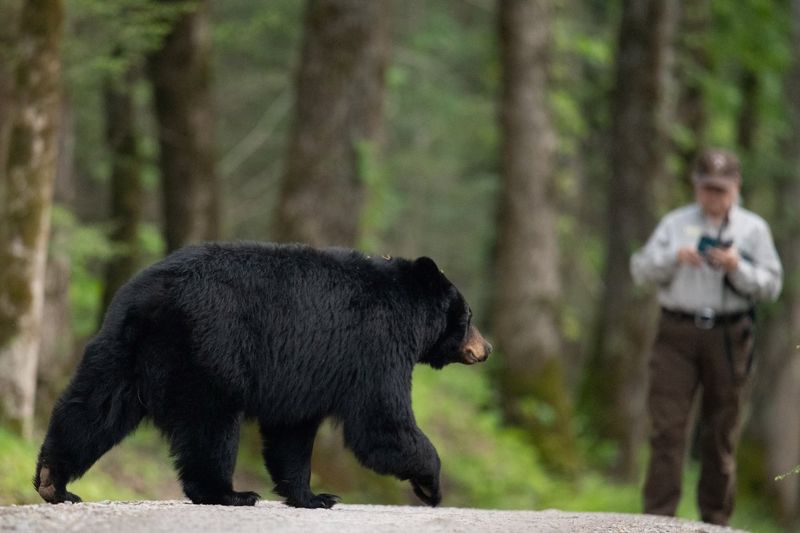
Speaking softly can help reassure a wild animal of your non-threatening intent. A gentle tone can soothe the animal, making it less likely to view you as a threat. Avoid shouting or making loud noises, as these can startle animals and provoke defensive reactions. Engaging in soft conversation can also help calm your nerves. This method is particularly effective with animals that are curious or unintentionally close, like raccoons or deer. By projecting a calm energy, you can foster a safer environment for both yourself and the animal.
Back Away Slowly
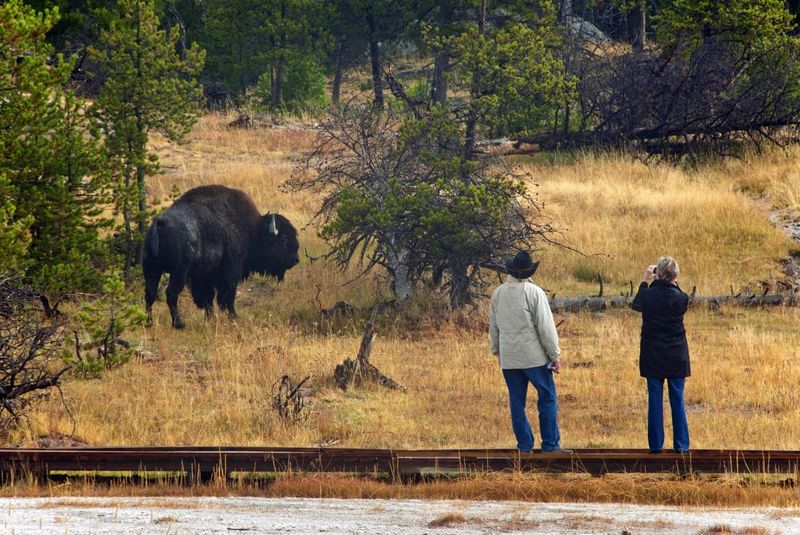
If you need to move away from a wild animal, do so slowly and deliberately. Quick movements can be perceived as aggression or panic, which might provoke the animal. By backing away gradually, you give the animal time to assess your actions as non-threatening. This approach also allows you to maintain visual contact, which is crucial for monitoring the animal’s behavior. Ensure your path is clear and watch your step to avoid tripping. This method promotes a safe retreat, minimizing the risk of startling the animal and escalating the encounter.
Use Deterrent Spray
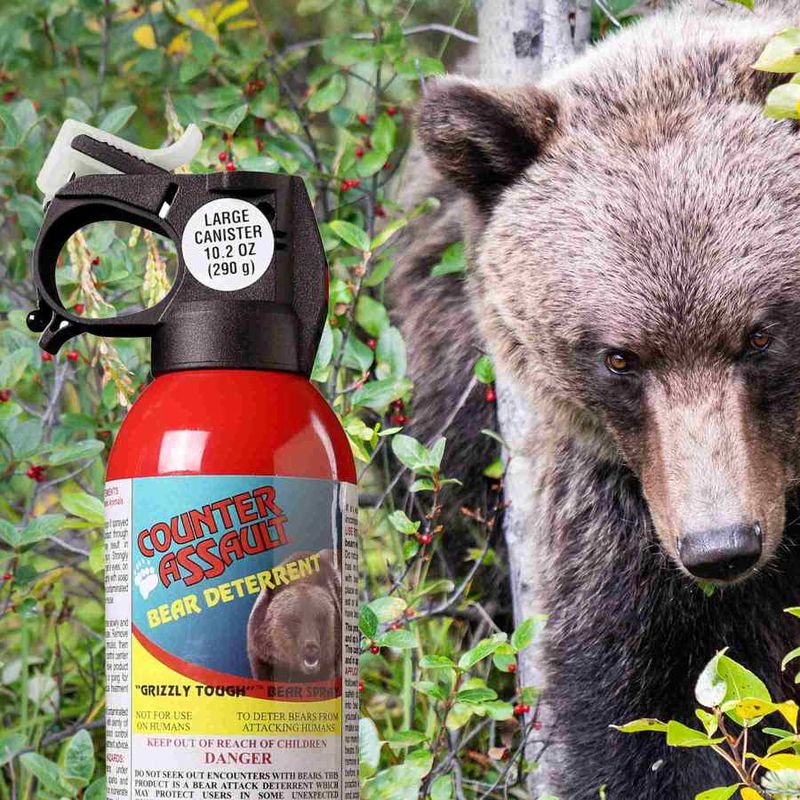
Carrying deterrent spray, like bear spray, can be a vital precaution during hikes in wildlife-dense areas. This non-lethal tool can provide a safe distance between you and the animal if it approaches too closely. It’s essential to know how to use it correctly—practice before heading out. The spray creates a barrier, often deterring the animal from advancing. Keep it easily accessible and understand the wind direction to use it effectively. Remember, it’s a last resort, meant to protect you without harming the animal. This preparation can increase confidence and safety.
Make Noise
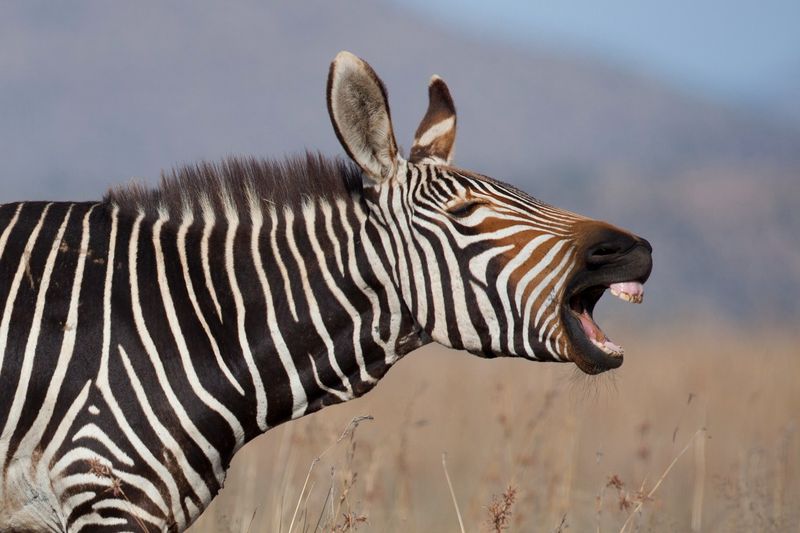
Making noise while hiking can prevent surprise encounters with wild animals. Animals typically avoid human contact and will steer clear if they hear you coming. Clap your hands, talk loudly, or use a whistle as you walk through areas known for wildlife. This strategy is particularly useful in dense forests where visibility is low. By alerting animals to your presence, you reduce the chance of startling them, which can lead to defensive behavior. Consistent noise ensures that both you and the animals can enjoy the space safely, minimizing unexpected interactions.
Stay on Trails
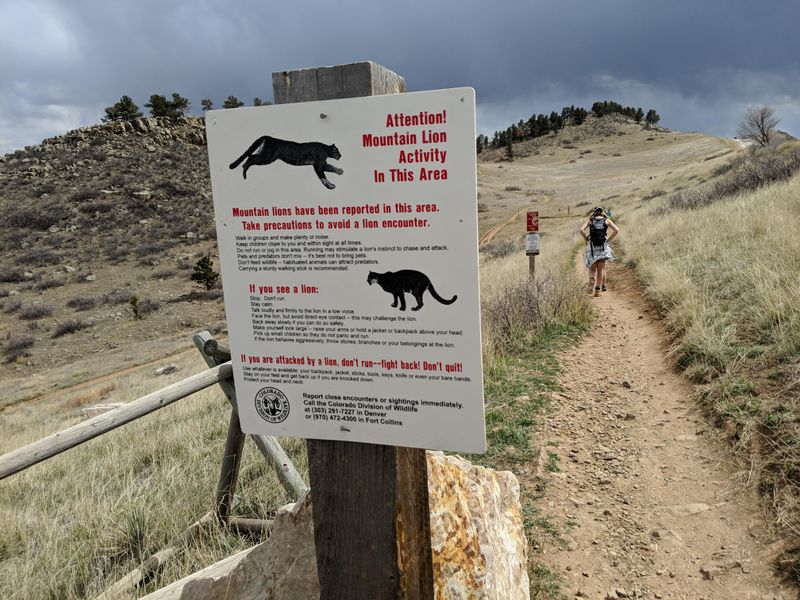
Staying on designated trails is crucial for safety in wildlife habitats. Trails are designed to minimize impact on the environment and reduce the chance of disturbing animals. Venturing off-trail can lead to unexpected encounters and habitat destruction. By sticking to marked paths, you respect the animals’ space and reduce the likelihood of surprising them in their territory. It also ensures you’re more visible to other hikers, who can assist in an emergency. Following trails preserves the natural ecosystem and promotes a safe and enjoyable experience for everyone involved.
Keep Pets Leashed
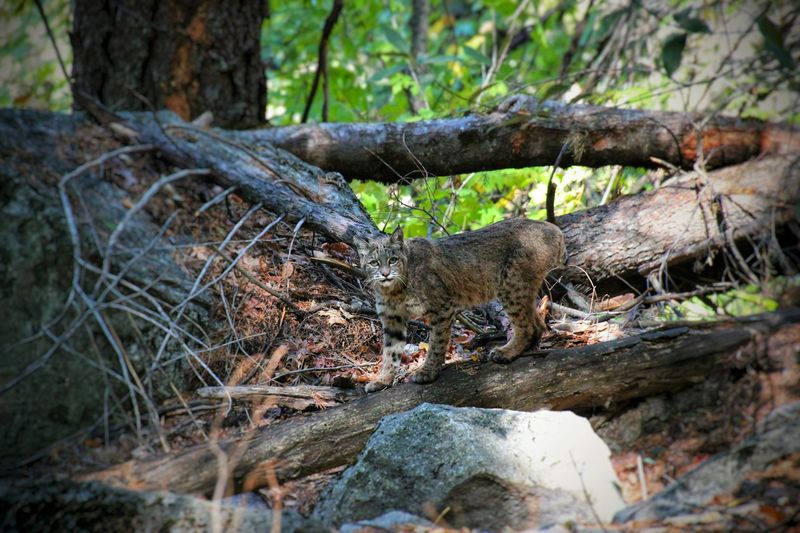
Keeping pets leashed helps prevent them from chasing or provoking wild animals. Unleashed pets might trigger defensive behavior or chase wildlife, leading to dangerous situations for both animals and humans. A leash ensures you maintain control and can quickly react to unexpected encounters. It also keeps pets from wandering off and getting lost in unfamiliar territory. By keeping pets close, you protect them from potential threats like predators or natural hazards. This practice not only safeguards your pet but also upholds the integrity of the wildlife environment.
Know Local Wildlife
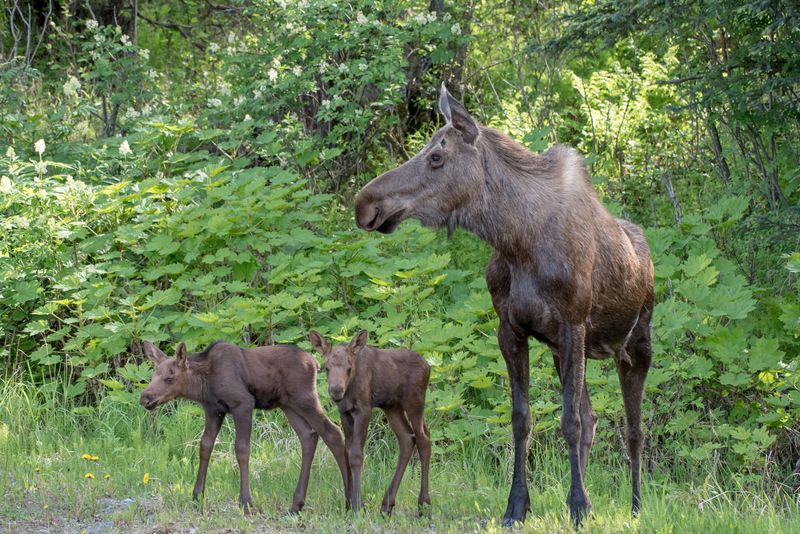
Familiarizing yourself with local wildlife can greatly enhance your safety during outdoor activities. Knowing which animals inhabit the area helps you prepare for potential encounters. Learn about their behaviors, habitats, and the best practices for avoiding conflict. This knowledge allows you to recognize signs of wildlife presence, such as tracks or sounds. Understanding animal behavior can also inform your response if you encounter them. Being informed equips you with the confidence to enjoy nature responsibly and reduces the likelihood of negative interactions. It’s about respecting and coexisting with the natural world.
Carry a Whistle
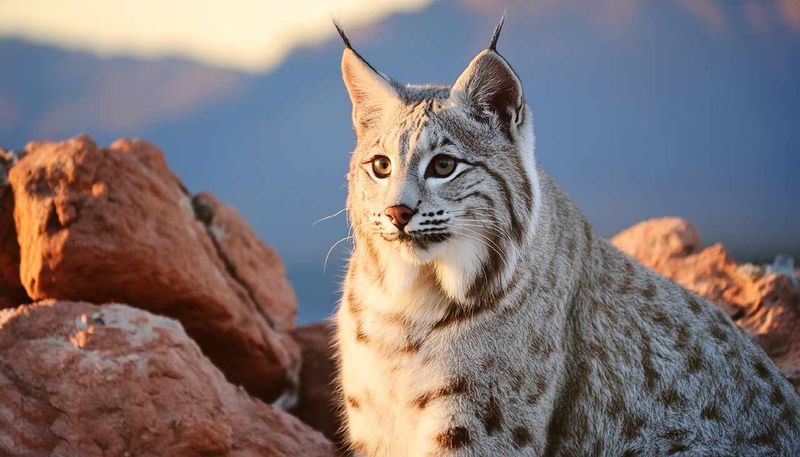
A whistle is a simple yet effective tool for wildlife safety. Its sharp sound can deter animals by signaling human presence from a distance. Carrying a whistle is especially beneficial in dense areas where visibility is limited. It ensures you’re heard even when the animal can’t see you, reducing surprise encounters. Using a whistle also alerts nearby hikers to your location, providing additional safety. Ensure it’s easily accessible and practice using it effectively before heading out. This small piece of equipment can make a significant difference in maintaining a safe environment for all.
Travel in Groups
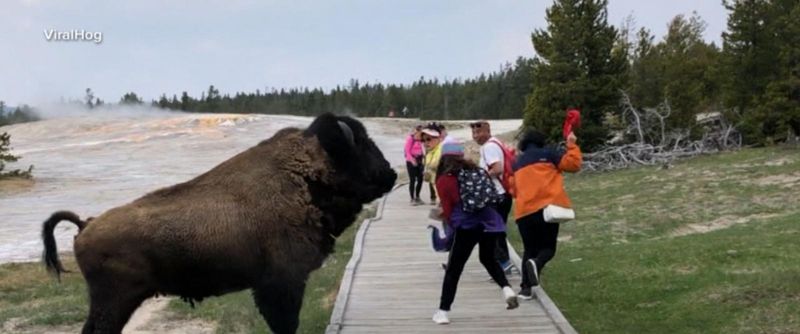
Traveling in groups can deter wildlife from approaching. Animals are less likely to confront a group due to the increased noise and presence. Groups allow individuals to support each other, enhancing safety during encounters. If an animal is spotted, a group can pool knowledge and resources to handle the situation calmly. Moreover, in the rare event of an incident, having others around ensures quicker assistance. This communal approach not only enhances safety but also enriches the outdoor experience, fostering camaraderie and shared appreciation for the natural world.

